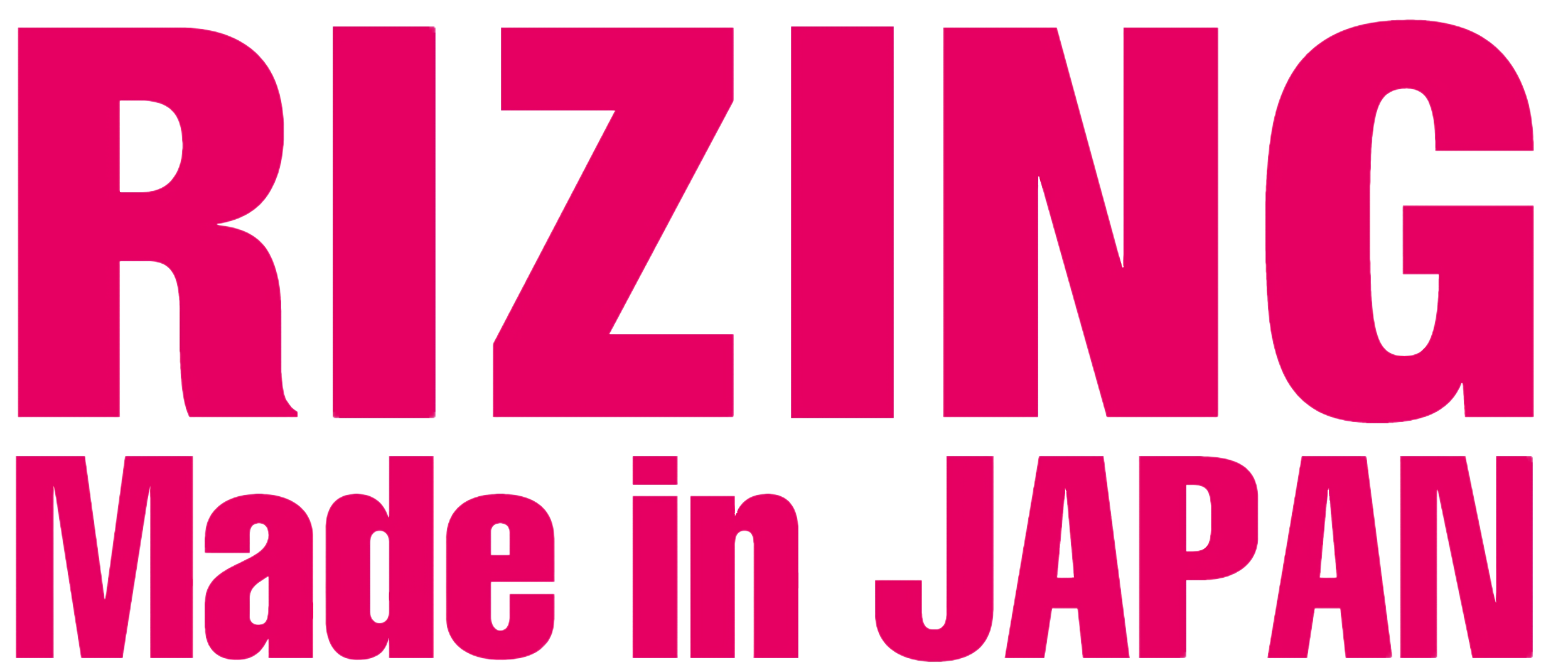In the multifaceted environment of a workplace, interpersonal relationships significantly influence both individual performance and overall team dynamics. Recognizing the subtle cues indicating that a colleague harbors negative feelings towards you can be crucial for maintaining a productive work atmosphere. While it is essential to approach this topic with a degree of sensitivity, understanding the signs can help you navigate potential conflicts and foster healthier relationships.
Non-Verbal Cues
The foundation of any interpersonal relationship lies in non-verbal communication. Body language often reveals more than spoken words. If a colleague consistently avoids eye contact, keeps their arms crossed, or turns their body away from you in conversation, these can indicate discomfort or disinterest. Similarly, an absence of physical engagement—such as leaning away or maintaining a significant personal distance may suggest a reluctance to engage with you on a personal or professional level.
Another telling sign can be the nature of their facial expressions during interactions. A lack of warmth—characterized by minimal smiling or unengaged expressions—may suggest discontent. Conversely, those who exhibit overly exaggerated reactions, such as rolling their eyes or smirking, may be expressing disdain or contempt. Recognizing these behavioral signals requires a keen awareness of social dynamics and the ability to distinguish between typical behavioral norms and actions that signify animosity.
Communication Style
The manner in which a person communicates can also provide insights into their feelings. A colleague who frequently interrupts you, dismisses your ideas without consideration, or uses condescending language may be expressing underlying dislike. When contributions are regularly ignored or belittled, this suggests a lack of respect that often stems from negativity towards the individual. Furthermore, the tone of voice can be a significant indicator of feelings. A curt or sharp tone, rather than a collaborative or friendly one, may denote tension and animosity.
Conversely, consider a colleague who is overly formal or distant. While professionalism is vital in many workplace settings, an excessive degree of formality can indicate a deliberate choice to maintain emotional distance. As such, if the conversational dynamic feels stilted or excessively rigid, it may signal that the colleague is uncomfortable or unfriendly towards you.
Social Interactions Within Groups
In professional settings, the dynamics of group interactions can reveal much about underlying feelings. If you find that a particular colleague tends to exclude you from social discussions or professional gatherings be it during coffee breaks, team lunches, or impromptu brainstorming sessions—this is a salient indicator of their feelings. Members of a cohesive team usually foster inclusivity; thus, exclusion often speaks volumes.
Moreover, observing how this colleague behaves in group settings can provide additional insight. If they ignore or dismiss contributions made by you while readily engaging with others, this delineation is a strong signal of favoritism which often correlates with a dislike for specific individuals.
Feedback and Support
The manner in which feedback is given can also highlight a lack of personal regard. Constructive criticism is a vital part of professional growth, yet if a colleague repeatedly offers harsh or nonconstructive feedback—especially in public settings—it may stem from personal animosity rather than a genuine desire for improvement. On the contrary, consider the nature of their support; if they consistently offer assistance to others while neglecting you, it could signify a reluctance to invest in your professional development.
Professional Behaviour
Lastly, pay attention to how a colleague conducts themselves in professional settings regarding you. Consistent tardiness in meetings where you present, failure to follow up on agreements specifically involving you, or undermining your authority in front of others are explicit indicators of possible dislike. These behaviours not only affect productivity but also your emotional well-being in the workspace.
Conclusion
Identifying a colleague who harbors negative feelings towards you involves careful observation of non-verbal cues, communication styles, social interactions, and professional behaviour. While it is essential to remain open-minded and avoid jumping to conclusions, recognizing these patterns can empower individuals to foster a more harmonious workplace. Understanding these dynamics can provide an opportunity for proactive engagement, enabling one to address potential issues before they escalate, thereby cultivating a more positive work environment.

